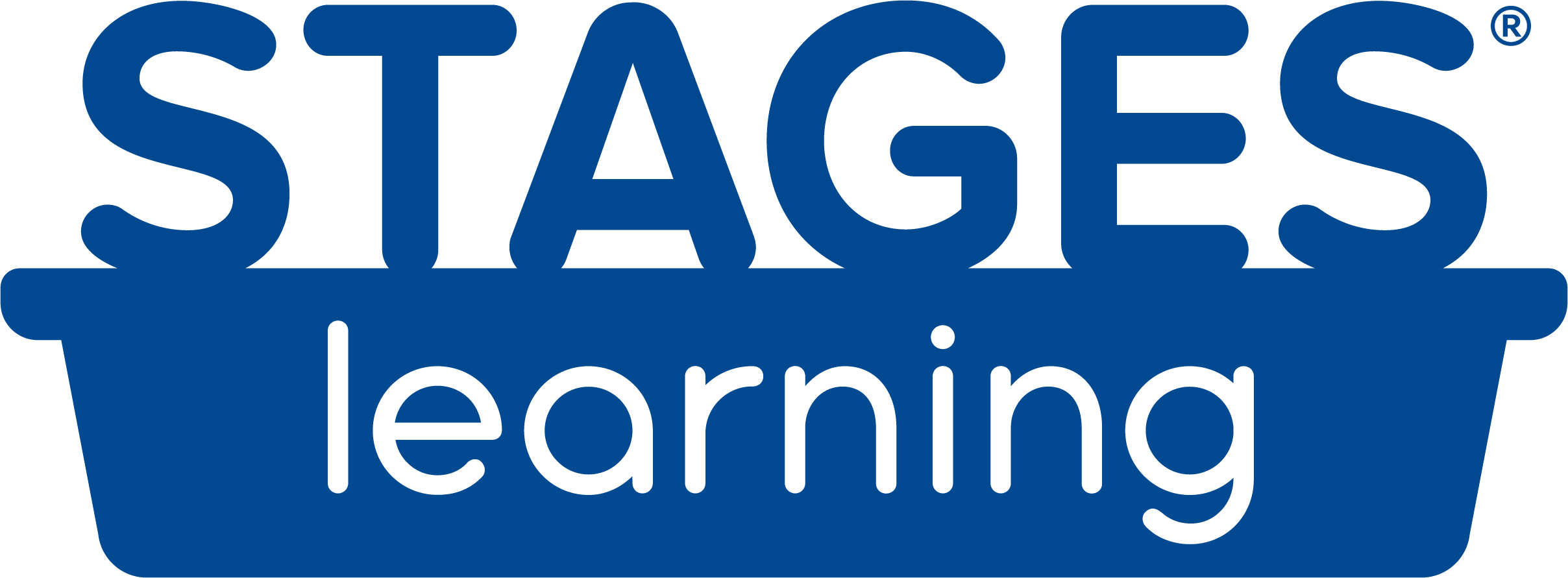Apr 04 , 2014
0 Comments
Classroom Bingo
Classroom bingo is a fun teaching tool for use at home or in the classroom. With Stages’ Picture Recognition Bingo kids won’t even know that they’re learning while they listen intently to match the beautiful photographs on their player’s card with the corresponding words spoken by the instructor!
Directions for Play
There are 7 potential ways to win! Decide in advance which of the listed win-methods you are playing. You can change win-methods from one round to the next, but you cannot change win-methods mid-round.- Any 5 in a row horizontal
- Any 5 in a row vertical
- 5 in a row on either diagonal
- All 4 corners and the “free” space in the middle
- Cover all spaces around the outside edge to win
- Win-any-way bingo (any one of the above patterns wins!)
- Black out bingo (cover all spaces on a card)
- Give each player a player’s card and some chips. Additional chips may be given to a player as needed.
- Choose one player to be the caller. In a classroom, the teacher may want to serve as caller, or you may want to rotate callers throughout the class. A good method of rotating callers it to allow the winner of the last game to be the caller for a new game.
- Each player starts the game by placing a chip on the Free Space in the center of the card.
- The caller starts the game with the caller’s mat open and out of site of the other players. The caller should shuffle the calling cards and place them in a pile, face down, next to the caller’s mat.
- The caller selects the top card from the pile of caller’s cards, and calls out the Letter on the card (B, I, N, G, or O) and the picture on the card. For example, “B – kangaroo.”
- Each player looks at the column under the letter called to see if he or she has the corresponding picture in the correct column. If there is a match, he or she covers the picture with a chip.
- The caller places the used card on its corresponding space on the answer mat. This assures that the card will not be used again for the rest of that round, and allows the caller to verify the win when a player calls “Bingo!”
- The caller continues to select and read cards until a player covers the agreed-upon win-pattern of spaces. When the pattern is covered, the player calls out “Bingo!” The first player to call out “Bingo!” is the potential winner. More than one player may cover the same pattern at the same time, you can choose whether to let both players be the “winners” or just the first player to call out “Bingo!”
- The caller checks the player’s card against the answer mat to be certain that the player has covered only the spaces that have been called. If the answer mat and Bingo card match, the player wins. If not, play continues.
- To start a new round of play, players remove their chips and get new cards. Cards may be collected and re-distributed by the caller, players may exchange cards with other players, or players may choose from cards that were not used for the prior round of play.
- The instructor may continue to be the caller, or you may choose a new caller by making the winner the new caller. You may also choose a new caller by another fair method.
- Note: one fun variation is to continue play after the first player calls “Bingo!” until all players have called “Bingo!”
Don't forget, as you call out the words for kids to look for on their cards, there are so many opportunities for learning! Talk about the words. If its Foods Bingo, talk about which foods are healthy. For Animals Bingo, you can ask children to make the animal noise if they have the picture on the card!



